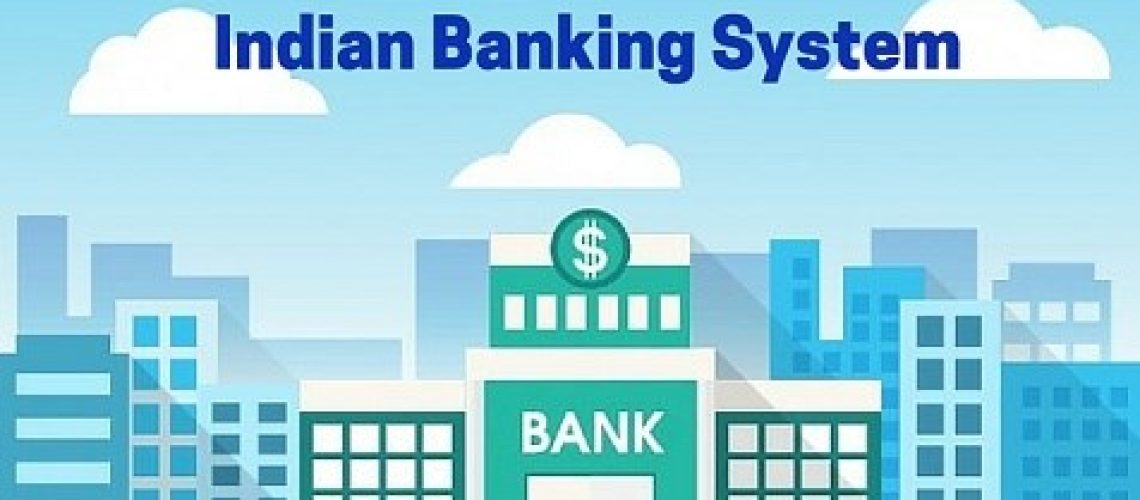- Bank of Hindustan (1770) was the first bank to be established in India (Alexander and Co.) at Calcutta under European management. Other banks set-up were Bank of Bengal (1806), Bank of Bombay (1840) and the Bank of Madras (1843) – these were called Presidency Banks.
- First bank with limited liability managed by an India board was Oudh Commercial Bank, founded in 1881. The first purely Indian bank was the Punjab National Bank (1894).
RESERVE BANK OF INDIA
- It is the Central Bank of the country.
- It was established on April 1, 1935 with a capital of Rupees 5 crore. This capital of Rupees 5 crore was divided into 5 lakh equity shares of Rs. 100 each. In the beginning, the ownership of almost all the share capital was with the non-government share-holders.
- It was nationalized on Jan 1, 1949 as the government acquired the private share holdings.
- Governors : 1st Governor – Sir Smith (1935-37)
1st Indian Governor – C.D. Deshmukh (1948-49)
FUNCTIONS
- Issue of Notes: Regulates issue of bank notes above 1 rupee. It acts as the only source of legal tender money because the one rupee notes issued by Ministry of Finance are also circulated through it. The Reserve Bank has adopted the Minimum Reserve System for the note issue. Since 1957, it maintains gold and foreign exchange reserve of Rs.200 crore, of which at least 115 crore should b in gold.
- Banker to the Government: Acts as the banker, agent and adviser to the Government. It also manages the public debt for the Government.
- Banker’s Bank: The Reserve Bank performs the same function for other banks as the other banks ordinarily perform for their customers.
- Custodian of Foreign Reserve: For the purpose of keeping the foreign exchange rates stable, the Reserve Bank buys and sells the foreign currencies and also protects the country’s foreign exchange funds.
- It formulates and administers the monetary policy.
- Acts as the agent of the Government of India in respect to India’s membership of the IMF and the World Bank.
IMPERIAL BANK OF INDIA
- It was created in Jan 1921 by amalgamation of 3 presidency banks- Bank of Bengal, Bank of Bombay & Bank of Madras.
- After nationalization in 1955, its name was changed to State Bank of India.
STATE BANK OF INDIA (SBI)
- It is the biggest commercial bank in the public sector of India.
- It has more than 25,000 ATMs and the largest number of branches (more than 21,000) in the world.
- State Bank has 5 subsidiaries. These are :
- State Bank of Bikaner & Jaipur
- State Bank of Hyderabad
- State Bank of Mysore
- State Bank of Patiala
- State Bank of Travancore
- State Bank of Saurashtra and State Bank of Indore were merged with SBI in the year 2008 and 2009 respectively.
NATIONALIZATION OF BANKS
- In order to have more control over the banks, 14 large commercial banks whose reserves were more than Rupees 50 crore each, were nationalized on July 19, 1969. The banks were.
- The Central Bank of India
- Bank of India
- Punjab National Bank
- Canara Bank
- United Commercial Bank
- Syndicate Bank
- Bank of Baroda
- United Bank of India
- Union Bank of India
- Dena Bank
- Allahabad Bank
- Indian Bank
- Indian Overseas Bank
- Bank of Maharashtra
- On April 15, 1980, those 6 private sector banks whose reserves were more than Rs. 200 crore each were nationalized. These Bank were:
- Andhra Bank
- Punjab and Sindh Bank
- New Bank of India
- Vijaya Bank
- Corporation Bank
- Oriental Bank of Commerce
- In September 1993, the New Bank of India was merged with the Punjab National Bank.
- These nationalized banks, together with Regional Rural Banks (RRBs), come under the category of Public Sector Commercial Banks. The other kind of commercial banks are Private Sector Commercial Banks.
- At present there are 20 nationalized banks besides the RBI.
- OTHER FINANCIAL INSTITUTIONS
| Industrial Credit &Investment Corporation Of India Bank (ICICI Bank) | · Established in 1955 as a public limited company to encourage and assist industrial units of the nation. It has been converted into a bank with effect from May 3, 2002. |
| Small Industries Development Bank of India (SIDBI) | · Established in 1990; promotes small scale sector. |
| National Bank of Agriculture & Rural Development (NABARD) | · Established on Nov 5, 1982; gives credit facilities to farmers. |
| Export-Import Bank of India (EXIM) | · Set-up on Jan 1, 1982; grants deferred credit to Indian exporters in other to operate in the international market. |
| Industrial Development Bank of India (IDBI) | · Established in 1964; to provide financial assistance to industrial enterprises. |
| Industrial Reconstruction Bank of India (IRBI) | · Set-up in 1971 with the objective of reviving and revitalized sick industrial units in public and private sectors. |
IMPORTANT POINTS- Bank Rate: It is the rate at which the Reserve Bank of India extends credit to commercial banks.
- Cash Reserve Ratio (CRR): A commercial bank is required to keep a certain percentage of its total deposits with the Reserve Bank of India in cash. It is called Cash Reserve Ratio.
- Statutory Liquidity Ratio (SLR): It is that ratio/percentage of its total deposits which a commercial bank has to maintain with itself at any given point of time in the form of liquid assets like cash in hand, etc.
- Repo Rate: The rate at which the RBI borrows from banks for a short term. An increase in the repo rate may be a precursor to an increase in the bank rate.
- Reverse Repo Rate: The rate at which banks deposit their surplus short-term funds with RBI. If RBI increases reverse repo rate, commercial banks, in turn, tend to pass on the impact through their short-term lend rates to their customers.
INFLATION
Inflation is that state in which the prices of goods and services rise on the one hand and value of money falls on the other. When money circulation exceeds the production of goods and services, the state of inflation takes place in the economy.
TYPES OF INFLATION
- Demand Pull Inflation: Inflation created and sustained by excess of aggregate demand for goods and services over the aggregate supply. In other words, demand pull inflation takes place when increase in production lags behind the increase in money supply.
- Cost Push Inflation: Inflation which is created and sustained by increase in cost of production which is independent of the state of demand (e. g. Trade unions can bargain for higher wages and hence contribute to inflation).
- Stagflation: In this type, there is fall in the output and employment levels. Due to various pressures, the entrepreneurs have to raise the price to maintain their margin of profit. But as they only partially succeed in raising the prices, they are faced with a situation of declining output and investment. Thus, on one side there is a rise in the general price level and on the other side, there is a fall in the output and employment.
- Hyper-inflation: Very rapid growth in the rate of inflation in which money loses its value to the point where alternative mediums of exchange – such as barter or foreign currency are commonly used. Also called Galloping inflation.
MEASUREMENT OF INFLATION
- Inflation is measured by general price index. General price index measures the changes in average prices of goods and services. A base year is selected and its index is assumed as 100 and on this basis price index for the current year is calculated. If the index of the current year is below 100, it indicates the state of deflation and, on the contrary, if index of the current year is above 100 it indicates the state of inflation.
- Inflation rate and the value of money (or the purchasing power of money) are inversely correlated. Hence, the value of money can also be measured with the help of price indices. The value of money declines when price index goes up and vice-versa.
YOU CAN REGISTER FOR OUR CORRESPONDENCE COURSES HERE.
You can read more about English HERE
You can read more about Logical Reasoning HERE
You can read more of Current Affairs HERE
You can read more of Legal Reasoning HERE.
You can read more of General Knowledge HERE
CLATapult was founded by 7 alumni of NUJS in 2012. It boasts of some fantastic teachers from NUJS (Remember! CLAT Coaching by those who have been there and done that) and, currently, has 2 centers in Kolkata and 1 in Bhubaneswar. Clatapult offers different types of courses for students. There are many students who enrol for clat crash course as well



